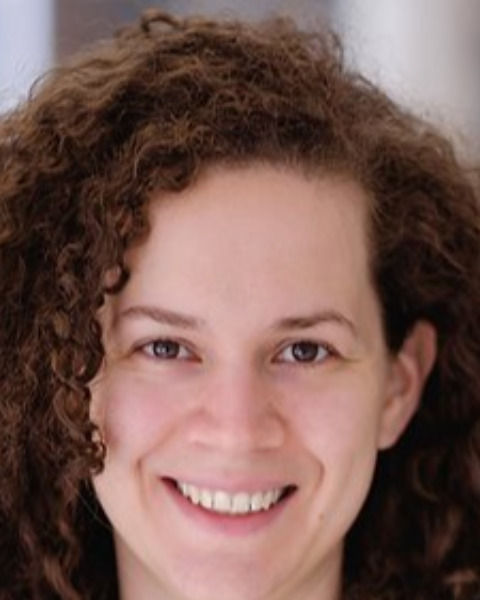Brief Oral Papers
Collaborative and Integrated Care
Demographic and Clinical Differences Between Proactive and Reactive Consultation Services at an Academic Medical Center

Elizabeth Prince, DO
Assistant Professor
Johns Hopkins University School of Medicine
Baltimore, Maryland
C. Patrick Carroll, MD
Director of Psychiatric Services, Sickle Cell Center for Adults
Johns Hopkins School of Medicine
Baltimore, Maryland
Patrick Triplett, MD, DFAPA
Clinical Director, Physician Advisor
Johns Hopkins University School of Medicine
Baltimore, Maryland
Co-Author(s)
Presenting Author(s)
-Background/Significance: Patients seen by proactive, embedded psychiatric consultation services have shorter hospital stays and shorter times to consultation, and unit staff have improved satisfaction with psychiatric resources. Our institution employs both a proactive consultation-liaison (CL) service and a traditional, reactive consultation service. Prior studies in our institution suggested that the proactive service served patients who were more likely to be older and racial minorities than the reactive service. This study was performed to test whether that finding was reliable over a longer time period, and to explore other clinical factors related to differences in demographics, time to consultation, and length of stay. - Data were extracted from the electronic medical record for 4 years of CL encounters with the proactive and reactive services. Demographic and clinical variables, including encounter identifiers, the encounter department, times of admission and discharge, length of stay, within-hospital transfers, disposition, and insurance were assessed for differences between the two groups. - The total number of consultation encounters seen first by the proactive service was much higher (n=7592 vs. 1762). Proactive consultations were more likely to be provided to female and Black patients than those seen by the reactive service. Patients seen by the proactive service also were more likely to have non-commercial insurance. A higher proportion of the proactive service’s encounters were discharged home, a lower proportion were admitted to a psychiatric hospital, and a lower proportion died during the admission. Because of its much higher overall contact volume, the proactive service’s lower psychiatric admission rate still resulted in over three times as many psychiatric admissions (n=334 vs. 111). Patients seen by the reactive service had more frequent surgical and intensive care involvement during their admissions. - The proactive consultation service covers general medical floors, sees a high volume of patients more quickly, and patients seen by the proactive service are more likely to be minorities, women, and are probably more economically disadvantaged. They also have a shorter length of stay. Though a lower proportion of the patients seen by the proactive service were admitted to psychiatry, the higher volume still led to a much higher absolute number of patients transferred to psychiatry, suggesting greater case-finding. The reactive consultation service sees a smaller volume of patients from a broader set of hospital services; often with longer lengths of stay, a higher likelihood of mortality, and a higher likelihood of disposition to intermediate levels of care. References Triplett P, Carroll CP, Gerstenblith TA, Bienvenu OJ: “An Evaluation of Proactive Psychiatric Consults on General Medical Units” Gen Hosp Psychiatry. 2019 Sep-Oct; 60:57-64.
Methods:
Results:
Discussion:

